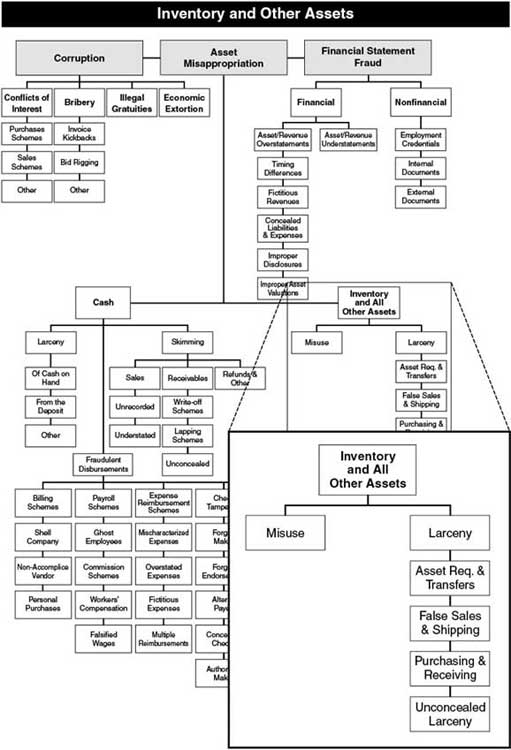Case Study: Chipping Away at High-Tech Theft
Nineteen-year-old Larry Gunter
1 didn't know much about computers, but he worked as a shipping clerk in a computer manufacturer's warehouse. Like many other companies in Silicon Valley, this company produced thousands of miniature electronic circuits—microprocessor chips—the building block of personal computers.
Gunter didn't work in the plant's “clean room” building, where the chips were manufactured. The company moved the chips, along with other computer components, next door to the warehouse for processing and inventory. On the open market, one of these computer chips, which is comprised of hundreds of millions of transistors packed into a space no bigger than a fingernail, is worth about $40. Over 1, 000 chips were packaged in plastic storage tubes inside a company-marked cardboard box.
Gunter knew they were worth something, but he didn't know how much. One day, he took a chip from a barrel in the warehouse and gave it to his girlfriend's father, Grant Thurman, whom he knew operated some type of computer salvage business. He told Thurman that the company had discarded the chip as “scrap.”
“I asked him if he knew anyone who would buy scrap chips,” Gunter said, and Thurman said he did. “So after about another week or two I stole three boxes of computer chips and brought them to ...


